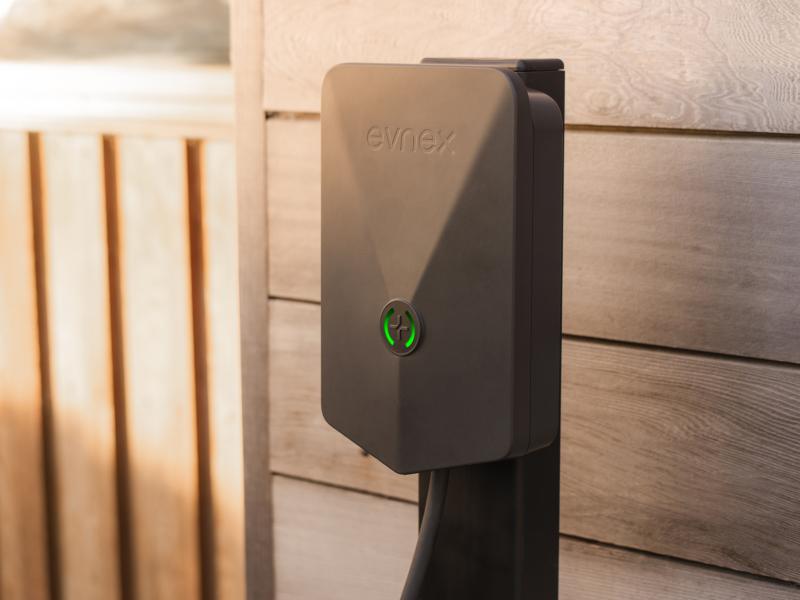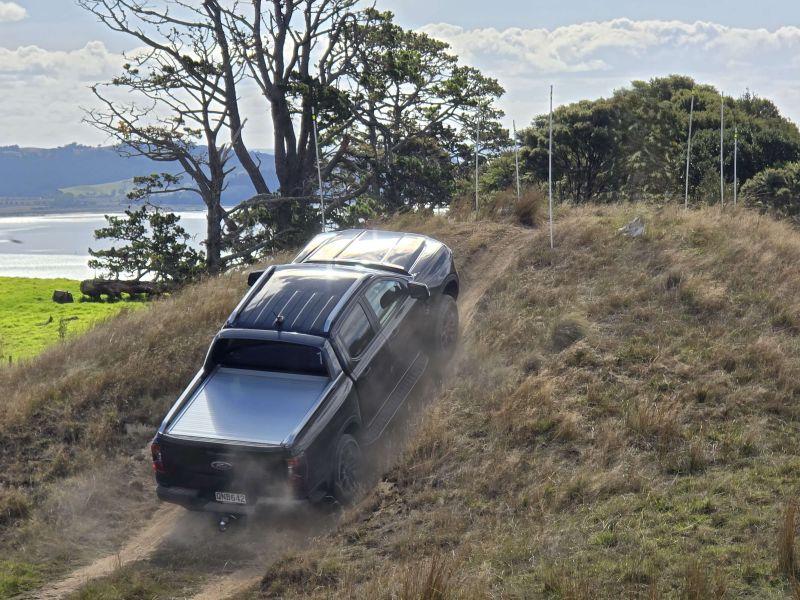Did you know that 73 percent of acute workplace fatalities in New Zealand come from one source but that source is only responsible for 3 percent of workplace accidents? Kind of the 80:20 rule on steroids for Health and Safety.
That source is vehicles – yes 73 percent of acute workplace fatalities involve vehicles and represented 44 people last year. This information was presented to a recent seminar conducted by Brake and AfMA (Australasian Fleet Managers Association) by Ruth Wood, engagement lead, for Worksafe.
To be clear, this is not primarily about on road car, ute and van accidents, although they contribute around 10 percent of the total.
The definition of a vehicle accident is very broad and includes on-road and off-road and includes aircraft, tractors, quad bikes and forklifts.
By far the largest contributor at 32 percent is trucks – around half on-road and half off-road. A lot of the off-road accidents are where workers are run over or knocked down by the vehicle (truck or forklift) in a factory, warehouse or yard situation.
Both Ruth and a subsequent speaker James Cairney, Partner at Meredith Connell emphasised that there is less interest after an accident in what a company’s policies are and how many boxes they tick, but rather in what they have done in practical terms to avoid an accident.
Just having exclusion zones for vehicles or staff is not enough if they are routinely ignored, as James stated – if a vehicle hits a person in your yard or factory you have clearly failed to keep them separate – which is pretty much end of story in terms of prosecution.
Most such accidents are – in reality – due to poorly designed or poorly managed traffic plans.
Another significant contributor was on farm tractor and quad bike accidents. Other significant vehicle issues relate to journey and schedule planning.
In particular businesses need to avoid fatigue risk and support the driver with suitable navigation systems where needed. Even having staff drive home after extended hours is a potential risk that needs to be considered.
James went on to add that as a workplace health and safety prosecution is a criminal offence you will be escorted into court via the cells by the euphemistically termed “Court Chaperone” who will stand next to you throughout the trial, you don’t get to use the back door like everyone else!
It is important to remember that a vehicle is a workplace when being used on company business so is part of your health & safety plan.
An area of growing interest to Worksafe is what is termed the grey fleet – employees who use their own vehicles for business purposes, these are often overlooked or don’t have the same degree of controls in place to ensure vehicles are safe, well maintained and have current Warrants of Fitness as when used for business, they are a workplace.
Ruth also gave a good hint around vehicle selection in that Worksafe will only use ANCAP five-Star rated cars in their fleet, this might suggest that a fatality in anything less might get their attention!
A good guide which is applicable to Australia and New Zealand is https://www.worksafe.qld.gov.au/__data/assets/pdf_file/0020/173072/vehicles-as-a-workplace-national-guide.pdf.
Following on from this, Gordon Brown from SurePlan brought the audience up to speed with considerations on how to manage the grey fleet.
In theory, it removes some administration pain points, but it seems that if the company adheres to the known Health and Safety at Work guidelines, the pain points may be more significant for a grey fleet than an owned or leased one.
Chief among these pain points is a lack of oversight when it comes to the vehicles of the grey fleet. To counter this, Gordon suggests companies follow the same principles of regular fleet compliance and try to apply it to the grey fleet.
This extends to maintenance, road legality compliance, insurance (many grey fleet vehicles are insured, but not necessarily for business purposes), driver risk management, driver training et cetera.
If this sounds like hard work, weigh it up against the benefits of a grey fleet: no high capital costs to the company for depreciating assets that make up a conventional fleet, savings when it comes to regular scheduled maintenance and repair, no end of lease costs, generally a good standard of vehicle presentation and greater fuel efficiency considerations on the part of the driver/owner.
At present it is estimated – and only estimated – that there are some 750,000 vehicles on our roads falling into the category of Grey fleet vehicles and the numbers are increasing.






